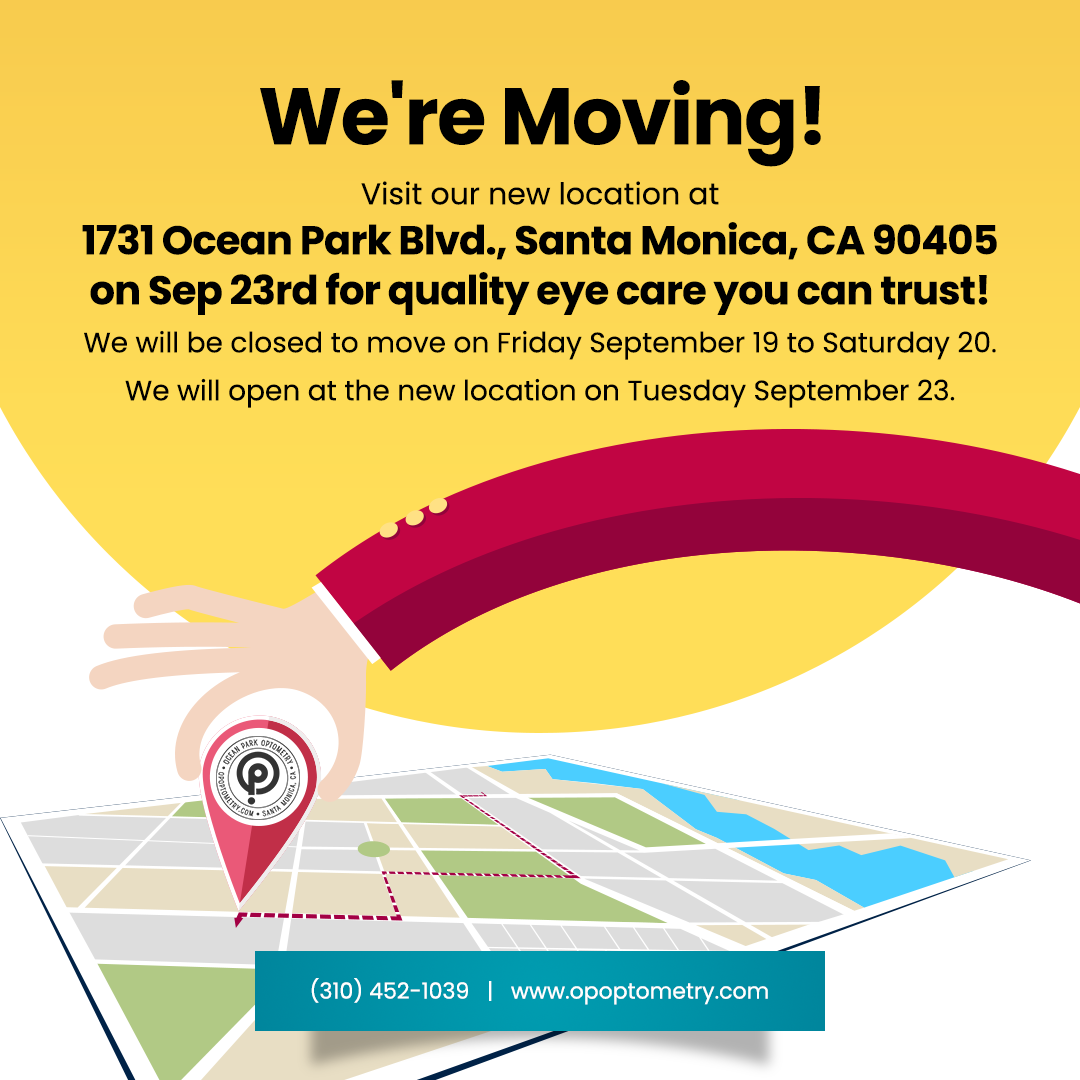What are prism glasses?

What Are Prism Lenses?
Prism lenses are used to align the two images being sent to your brain, ‘tricking’ the brain into thinking the eyes are correctly aligned and reducing eye muscle strain. These lenses compensate for eye misalignment by redirecting the light rays to make the two images align. Prism is ground into lenses of your glasses with your regular prescription and doesn’t look any different than a normal pair of glasses, but they can relieve significant BVD symptoms.

Prism is measured and prescribed in prism diopters. Prism also has a direction: horizontal, vertical, or oblique. Historically, prism was prescribed in whole unit diopters (ex: 1 or 2 diopters) but these large increments of prism left patients feeling sick. New clinical research by the NeuroVisual™ Medicine Institute has determined much smaller amounts of prism are key to resolving patients' subtle vision misalignment. Microprism is defined as prism lenses that are prescribed in fractional units of prism (ex: 0.25D, 0.75D, 1.25D, etc…).

What is it like to wear prism glasses?
Prism glasses have provided tens of thousands of patients with life-changing relief, and wearing prisms can feel different than glasses you might already wear. It can take several days to acclimate to your new prism glasses. When you first begin wearing prism glasses, your body will undergo a process of change we call Progressive Relaxation. Your BVD symptoms will start to subside, and the feeling might take some getting used to. After wearing your prisms for 2-4 weeks, your symptoms might return which tells us you are ready for your next exam, the Progress Assessment.
The vision misalignment you measured during your initial NeuroVisual™ Exam may measure differently during your Progress Assessment exam several weeks later. We tell patients that ‘the first prism prescription is never the final prism prescription’ because as your body and eyes relax, the prescription will adjust and shift. During your Progress Assessment exam, your optometrist will remeasure your visual system and fine-tune your prism prescription with your body in its new, more relaxed state.
Who can prescribe microprisms?
Any optometrist can prescribe prism lenses, but not every optometrist is specially trained to prescribe microprisms. There is an art and science to prescribing microprisms. Dr. Sarah Ito has undergone intensive training with the NeuroVisual™ Medicine Institute to become an expert in prescribing microprisms and treating Binocular Vision Dysfunction.
What Are the Side Effects of Wearing Prism Glasses?
Any new glasses can cause eye strain for the first few days. Incorrect prism prescriptions can cause BVD symptoms to become worse, as can improperly adjusted glasses frames. If this happens, tell your doctor immediately so that the frames and the prescription can be checked.









